Keeping your Corvette’s engine cool, especially during summer temperatures or performance runs, can make the difference between cruising along the coastline in comfort or walking along the roadside back home. We’ve assembled some common steps below to help maintain your vehicle for those long runs on sunny days.
Confirm gauge reading
Have you confirmed your gauge readings with an (IR) Infrared Gun? These cost about $50 and are a great tool for double-checking the gauge/sending unit. Some aftermarket temperature sending units will read accurately up to a certain point (typically 180). Then, when the temperature goes over 180 the reading becomes inaccurate and can be as much as 20-30 degrees too high. Don’t be misled by a wrong gauge reading; get a second opinion with an IR gun. You may NOT be running hot after all.
Above is a resistor (CC part # 301290) that can be installed in line in your temp wire. It can be set to your engine temperature for gauge accuracy. The number of degrees of engine temperature change on the dash gauge varies greatly with the values of the dash gauge and engine mounted sending unit used. This is the reason we need this device so often. There were so many variables in these values sold over the years that the temperature readings on the dash are all over the board. The variable resistor kit should correct almost any gauge that reads higher than the actual engine temperature. It has a resistance range of 50 ohms. That is, it sweeps from zero ohms to fifty ohms with 17 turns of the screw. This large number of turns on the screw enables you to adjust the needle on the dash gauge very accurately.
All water is not the same
Distilled water is very important because it is the only fluid that contains no minerals. Do not use city tap water, well water, or softened water as all of these contain minerals that will dissolve aluminum and increase the risk of electrolytic corrosion. Several companies sell coolant premixed (50/50) with 50% distilled water and 50% coolant. Follow the manufacturer’s instructions for fluid life and changing intervals.
Use a pre-mixed coolant
Your best bet is to run 50/50 (water/coolant ratio) and no other additives are required. The easiest way to ensure this mix is to purchase a pre-mixed package. Cooling systems are designed to have a 50/50 mix of anti-freeze and distilled water. The higher the water content, the more cooling you will see. The problem with high or straight water systems is that the inhibitor package is not enough to prevent the cooling components from rotting out. If you have too much anti-freeze or “waterless” coolant, you will run hotter.
Pressure caps
A coolant mixture of 50/50 has a boiling point of 223 degrees. Pressurizing the system will raise the boiling point by 3 degrees for every 1 psi on the pressure cap. So a system with only a 7 psi cap will have a boiling point of 244 degrees. This allows you safely operate the engine when ambient air temperature is less than optimal. You may reach 220 degrees under these conditions and that is a safe range because the system is under the boiling point. The key point to remember is, the boiling point and the temperature you operate at have nothing to do with each other. Sometimes people will overfill the system and mistake expanding fluid for boiling fluid. Simply stop adding coolant and the system will find a natural full level on its own.
Thermostats
Thermostats can become stuck in the closed position and cause an engine to overheat. In this event, the coolant temperature will likely rise quickly to the boiling point determined by the system pressure cap and exhaust to the ground. This condition is very rare and in most cases the thermostat is not the cause of an overheating engine. The purpose of a thermostat is to control the minimum coolant temperature. When ambient air is very cold it is possible the system could be too effective and the thermostat must modulate the water flow to keep the fluid temperature at the thermostat setting. When the ambient air becomes warmer, the thermostat will simply open and allow full pump flow through the system. The actual temperature you run at is determined by the cooling capacity of the radiator. Switching thermostats may change your minimum temperature at times but it will not affect your maximum.
Fan clutch operation
There are several symptoms of a bad or failing fan clutch: an overheating engine; excessively loud cooling fans; decreases in power, acceleration and fuel efficiency. Older cars with mechanical clutch fans should be checked for function. Fan clutches operate from both centrifugal force and temperature. With the engine off, and the engine cold, the fan should be free to turn. Once the engine is warmed up, the fan should be much more difficult to turn. It also should not free turn after the engine is shut off.
High speed problem
High speed overheating can be a result of the lower radiator hose collapsing due to the increase in coolant flow. Older Corvettes have a metal coil spring inside the lower radiator hose to prevent the hose from collapsing when water is flowing at maximum. If you can squeeze this hose closed with your hand, then the spring is probably missing and/or the hose might be defective. In this case, you probably need a new hose.
Low Speed Problem
Low speed or idle overheating can be related to timing issues. Many older cars use a vacuum advance on the distributor and this device must function correctly. It should be routed to a “non-ported” vacuum and typically adds 12-15 degrees additional advance when connected. Similar problems can occur with special (trick) distributors, HEI conversions and/or cams that do not match.
Too many mods
Many engines are built with a random collection of components, a custom mix of cams, carbs, and ignition systems that often leads to a hotter-running motor. Once customized to this extent, the only way to tune the motor is by trial and error. In some cases, builders do not follow clearance specifications in the manuals and try to “outdo” General Motors. Clearances are necessary to hold oil, oil reduces friction, and friction creates heat. Over-engineered engines can run hot because it is too tight and nothing you can do will change that. You might be able to knock off a few degrees with a synthetic oil, and run a 60/40 (more water) mix to get through the summer months. You could go straight water for a parade cruise or track day, then change it back when you return. Electric fans can boost the radiator’s capability to remove this extra heat load.
Electric Fans
Electric fans are simply more effective than the older engine-driven type. They provide high air flows when engines are at idle or low rpm and completely shut off when not required. Every car built in the last 25 years uses electric fans because of the obvious advantages. Major advancements in electric motor designs continue as brushless technology will be the new standard. Puller fans are more effective than pusher type fans.
Coolant Additives
Coolant additives are an easy sell to someone with a cooling issue. These products are surfactants that promote surface contact. Instructions for this type of product typically suggest the use of straight distilled water and any reduction in coolant temperature is the result of a 100% water system. Commercial long-life coolants include a surfactant already and adding another eight-ounce bottle will only remove a few dollars from your pocket!
That’s Hot
Maybe it’s not. Often people become uncomfortable when temperature gauge readings rise and they begin a quest to find a solution to a problem that doesn’t exist. Cars produced in the 60’s and 70’s were designed to run around 180-190 degrees. However, higher summer air temperatures may raise that to 200 degrees or higher. This is no cause for panic and not time to start replacing parts. Occasionally running 200-220 will not harm your engine. Corvette generations C4 through C7 are designed to run hotter (230 F) than previous models. There is nothing wrong with your car if you see temperatures in this range.
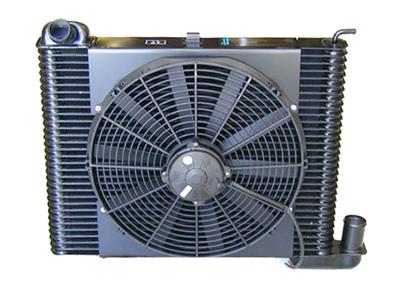
Electrolysis
Did your radiator fail prematurely? If so, it could be the result of electrolysis or electrical current running through the coolant. Typically this is because of a bad ground or a small electrical short. Read our article about Testing For Electrolysis In Cooling Systems.
Story courtesy Tom Dewitt
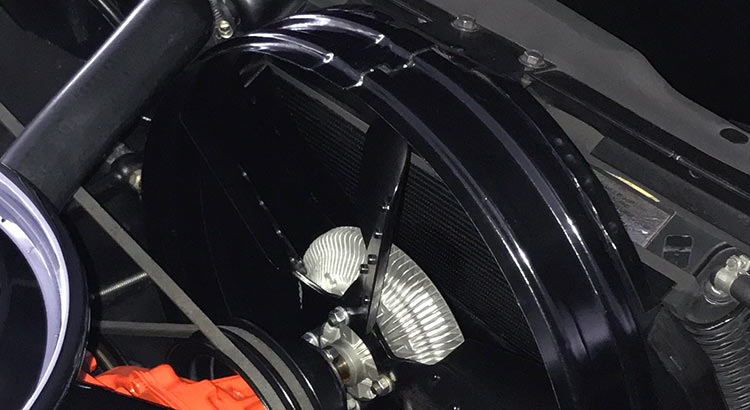
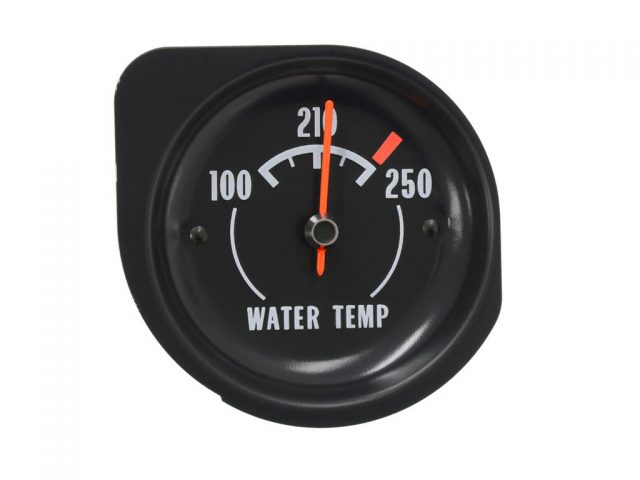
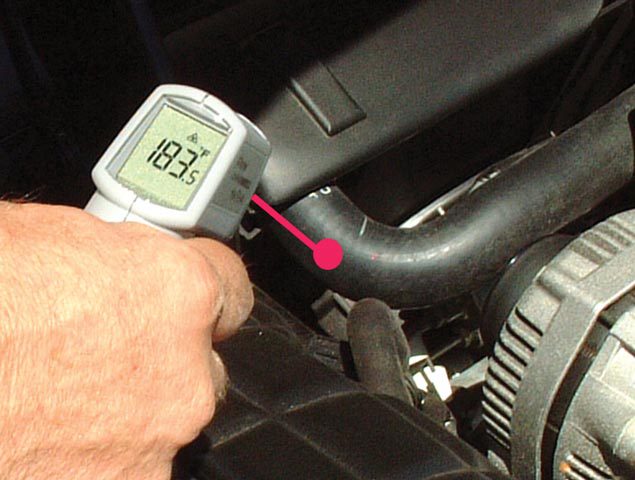
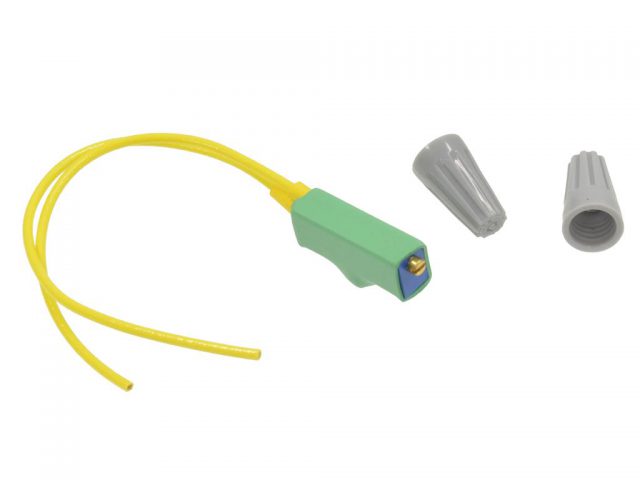
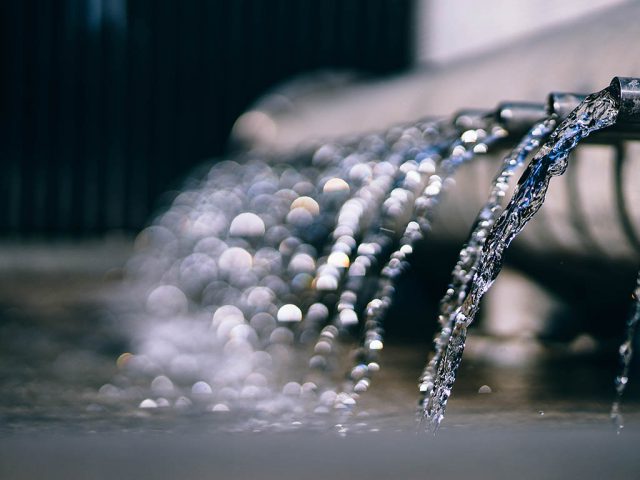
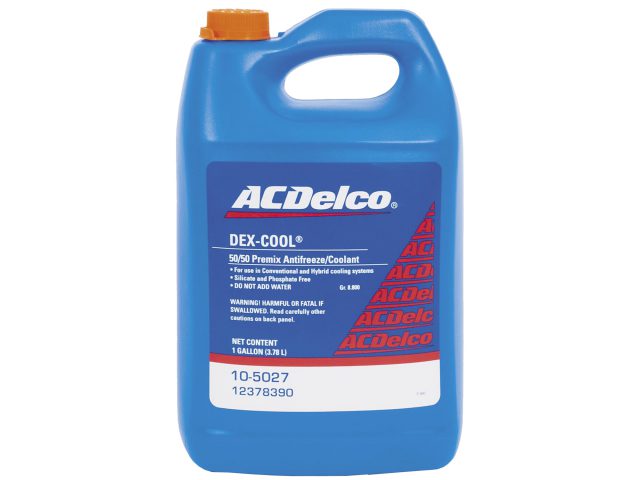
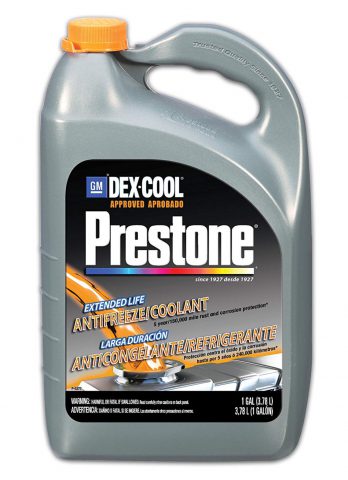
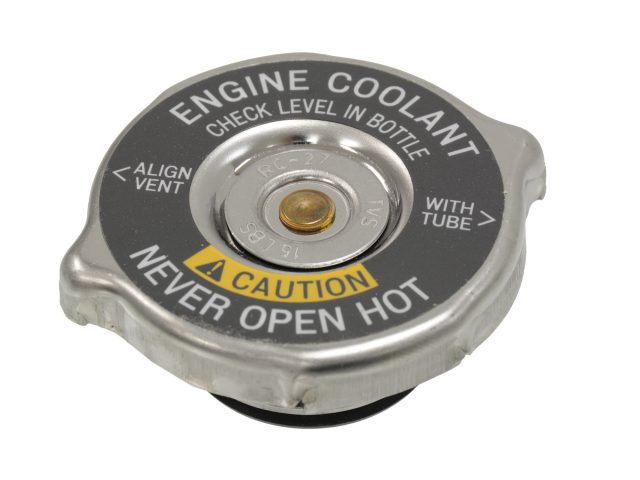
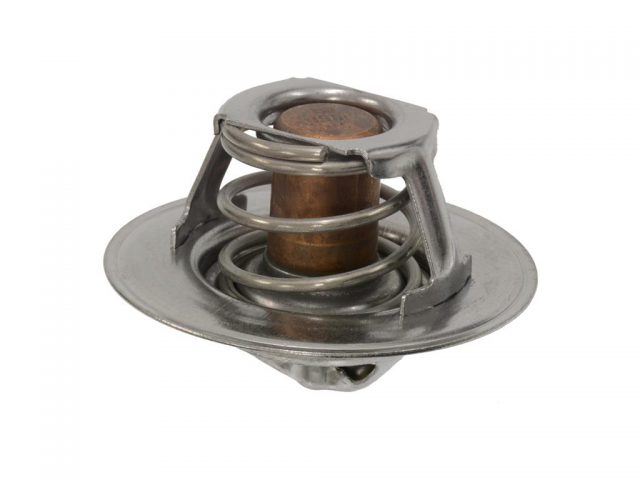
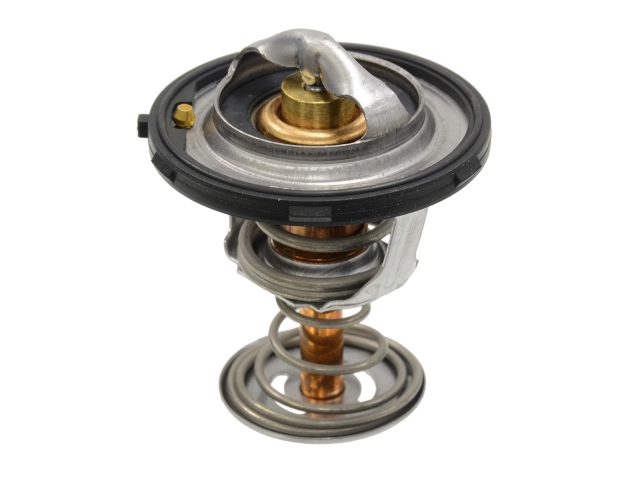
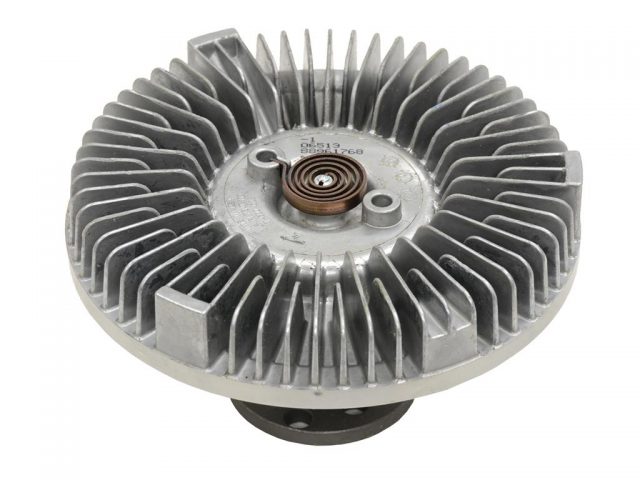
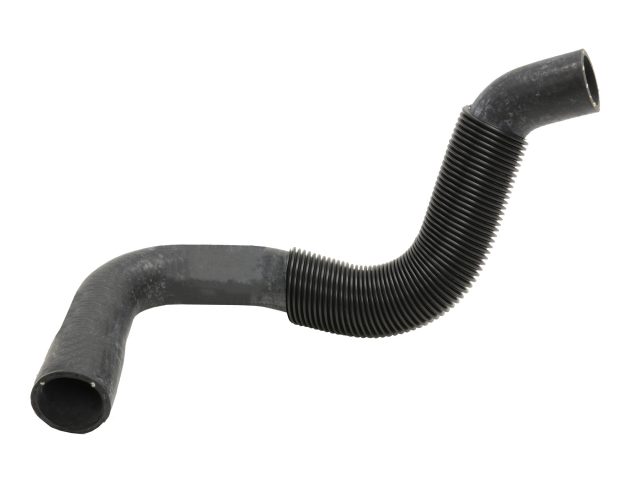
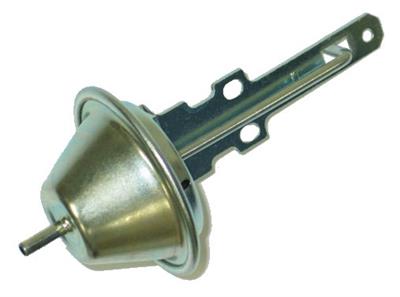
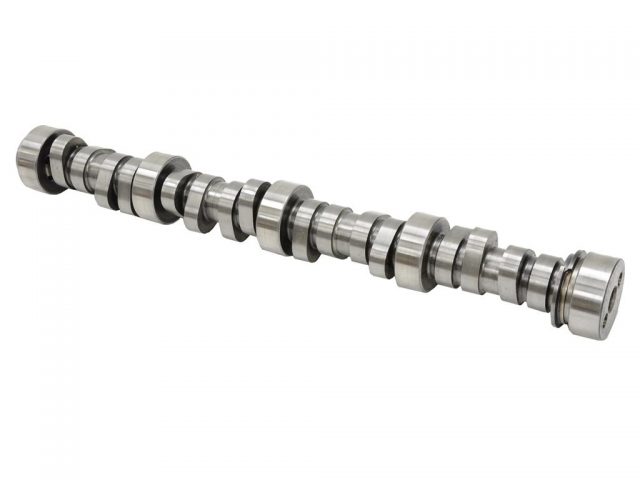
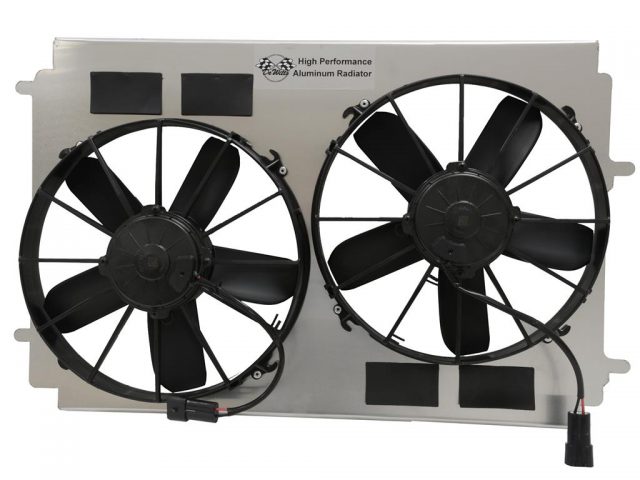
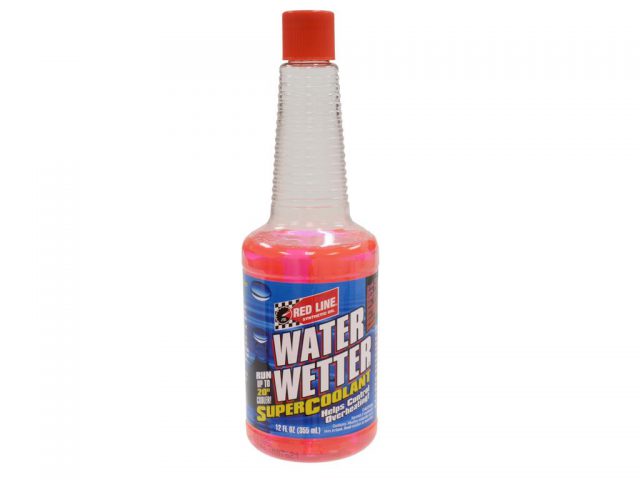

i agree thanks for the info
I found the least expensive and great working solution to heating issues with my 79 vette.
Instead of replacing my radiator with an aluminum one, and electric fans, I spent 240.00 and ordered and installed a hood louver. It’s a single louvers that is positioned near the center back of the hood. It’s a little scary cutting into the hood, but unit came with a template that made installation easier. Me and my son installed the louver in about 2 hours. Not only is the engine running a consistent 15 degrees cooler, but I believe I picked up a few horsepower. I live in Phoenix, and can still take the car out for a drive when it’s over 100 degrees.
Where did you buy the louvre?
Hello, good article, but you don’t mention a anything about the “service engine soon” light that comes on when the temp gets high and the cooling fans come on. A ny thoughts?
I replaced the battery in 1991 C-4 and now I have no air conditioning, the compressor is not working.
This same thing happened about 7 yr ago when a new battery was installed. This spring the system was recharged and all worked fine. When this happened 7 yrs ago I was told to remove one of the fuses wait 30 sec and replace it which fixed the problem. I DO NOT REMEMBER THE FUSE NUMBER to see if this fixes the problem.
Does the computer need to be rebooted as battery was out for several days? I’M at a loss, Help.
My ASR light is on an it it has a code 65 . Where do I start to figure out what’s wrong? I have a 96 wIth LT-4. I’ve checked my grounds.
Thanks CC tech for useful tips…another prob encounter about my radio on C4 Vette since we replaced the battery …the radio not working is there any radio code for this please Help thanks
This is something best sorted out by a mechanic as there are many variables. It could be a wiring issue, head unit problem, receiver amplifier (90-96), or speaker relay issues.
On my C4 ’88 Vette radiator fan not working .any tech tips on this problem. Thanks
This could be any number of things such as a bad fan relay, fan motor, or fan switch. Many C4 owners prefer that the fans come on before the factory setting of 230 degrees, so they install a low temp fan switch such as 244455 to turn the fan on sooner. Follow the steps in your GM shop service guide for testing the fan motor and checking the relay, or have a mechanic check it out to decipher which part is the culprit, then consider installing one of these switches.
On my 2000 vette the low fan speed kicks in at225 and the high speed at235! Why would they program it like this?
As the article states, the boiling point is high in a pressurized system, so this is essentially, an acceptable range by GM standards. They have been programming the fans this way since the C4 era.
Can you advise where I can purchase a 190 degree fan control sending unit?
The supplier we were using for the low-temp fan switches is no longer in business.
We have been unable to find a new source so far.
Regards,
Corvette Central Product Assistance
2021 here. Guess no one every replied to you. My c5 get hot (240f) when driving slow and it’s 90 degrees outside. Why?
Years ago my 60 Vett always ran 220+ degrees. Replaced the 3 core radiator honeycomb with a 4 core honeycomb (kept same upper and lower tank bodies). For the last 20 years always runs 180 degrees, regardless of outside ambient temperature, parading, idle or freeway.
Hello
I have a 62 327 340 hp duntov cam,10.25 pistions with about 40 miles on it,after resto. It runs hot ,I changed to correct aluminum radiator from copper/brass,,took it for a spin tonight 75 deg osa.went about 5 miles pulled in drivway 240 per gage,I added redline to it some help there 5 deg.
next step maybe a 4 core radiator,at 800 -1000.00 want to be sure it will work.
What did you use ?Model ?
I would recommend looking into our Dewitts radiators with an electric fan.
https://www.corvettecentral.com/c1-53-62/cooling/upgrade-fan-kits/61-62-dewitts-radiator-aluminum-direct-fit-241103?returnurl=%2fsearch%3fcurrentsearchcategoryid%3d%26q%3d62%2baluminum%2bradiator%2b%26count%3d36
https://www.corvettecentral.com/c1-53-62/cooling/upgrade-fan-kits/61-62-dewitts-radiator-aluminum-direct-fit-manual-241077?returnurl=%2fsearch%3fcurrentsearchcategoryid%3d%26q%3d62%2b4%2bcore%2bradiator%26count%3d18
Good informative article. Thanks!
Thank you For the infor, did not about testing the clutch fan, distilled water with antifreeze, and that a temperature gauge can be off on reading.
I was aware of the rest of the infor provided.
Aprisiate it, wery good !
Wold like to read more articles like this!!
thanks very informative
Great article. I picked up some very helpful information. Thank you